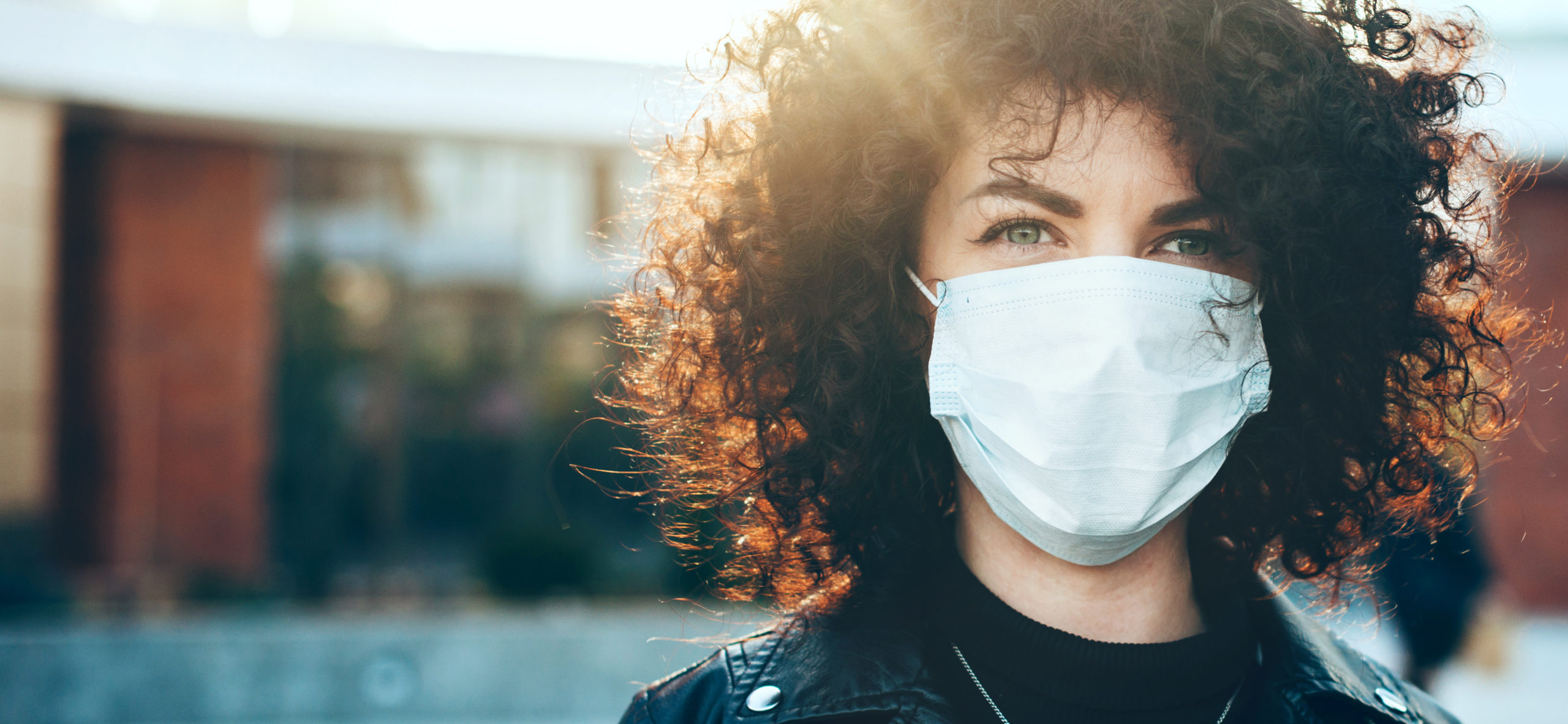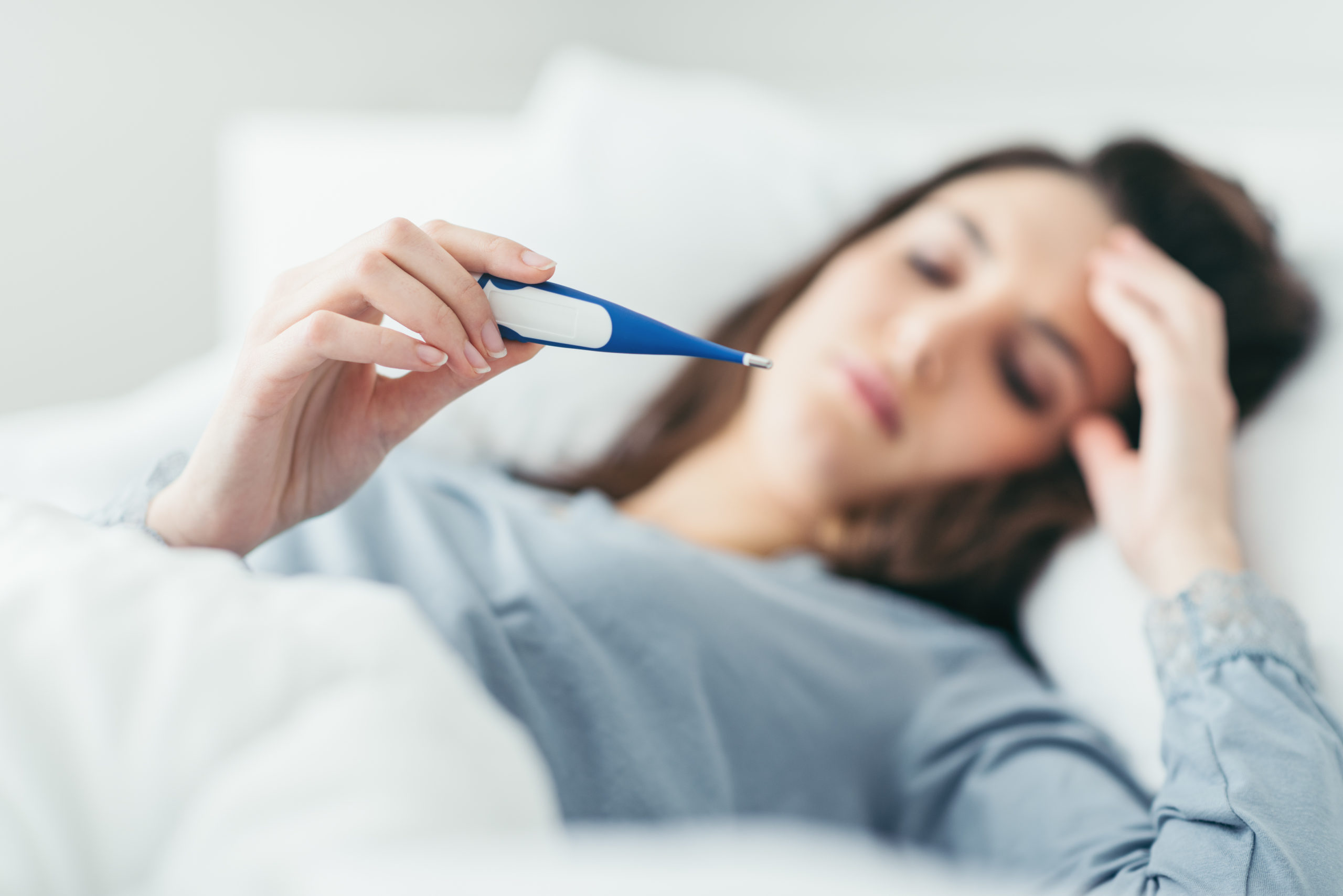
Understanding Coronavirus: The Basics
What is the Coronavirus?
Coronaviruses are a family of viruses that can cause illnesses such as the common cold, severe acute respiratory syndrome (SARS), and the Middle East respiratory syndrome (MERS). Coronaviruses are usually found in animals. Occasionally, they will cross over to humans. This is called a spillover event, which we are experiencing now worldwide. That is why this coronavirus is called novel – it’s a new strain to be found in humans. It is believed that the virus first crossed the species line in Wuhan, China but it is not known exactly what animal it came from. The novel coronavirus is now known as the severe acute respiratory syndrome coronavirus 2 (SARS-CoV-2) officially. The disease it causes is called coronavirus disease 2019 (COVID-19). In March 2020, the World Health Organization (WHO) declared the COVID-19 outbreak a pandemic. That definition changed where we go, how we work, and the way we live for the foreseeable future.
Currently, COVID-19 is understood to be more severe than the common flu, but much less severe than something like SARS. Because of the symptoms and the immediate nature of its onset, it is, in fact, far scarier. It is estimated that about 1 in 5 people that have COVID-19 will develop severe symptoms such as pneumonia or acute respiratory distress syndrome. The World Health Organization estimates the mortality rate of COVID-19 is around 3.4%. In contrast, the seasonal flu has a mortality rate of about 0.01%. However, most people infected with the COVID-19 virus will experience mild to moderate respiratory illness and recover without requiring special treatment.
What are the Symptoms?
The COVID-19 virus affects different people in different ways. It is a respiratory disease and most infected people will develop mild to moderate symptoms and recover without requiring special treatment. People who have underlying medical conditions of any nature and those over 60 years old have a higher risk of developing severe disease and death.
Common symptoms include:
- fever
- tiredness
- dry cough
- body aches and chills

More serious symptoms include:
- trouble breathing
- blue lips or face
- persistent pain or pressure in the chest
- confusion
- aches and pains
- sore throat
Many have also reported diarrhea, nausea, or a runny nose at the onset, but those symptoms are rarer than the others listed. Others have reported a loss of smell or taste, which is becoming a trigger sign for COVID-19 officially. For those with only mild symptoms, COVID-19 can seem like the seasonal flu. For more information, see the list of signs and symptoms on this MrOwl branch and be sure to grab it to save it for later or share it with others.
How is it spread?
The virus is thought to spread mainly from person-to-person through respiratory droplets produced when an infected person coughs, sneezes, or talks. You can’t see them, but they literally float in the air. These droplets can land in the mouths or noses of people who are nearby or possibly be inhaled into the lungs. Some recent studies have suggested that COVID-19 may be spread by people who are not showing symptoms. It may also be possible that a person can get COVID-19 by touching a surface or object that has the virus on it and then touching their mouth, nose, or possibly their eyes.
How easily a virus spreads from person-to-person can vary. Some viruses are highly contagious, like measles, while other viruses do not spread as easily. Another factor is whether the spread is sustained, which means it goes from person-to-person without stopping. The virus that causes COVID-19 is spreading very easily and sustainably between people. Information from the ongoing pandemic suggests that this virus is spreading more efficiently than influenza, but not as efficiently as measles, which is highly contagious. New medical research shows that it can travel up to 13 feet at a time, and not the 6 feet that were originally recommended for social distancing.
What can we do?
To slow the spread of the virus, many places around the U.S. have now declared “stay at home” orders and many companies are having their employees work from home. This means that everyone that is not working as an essential worker should stay at home away from other people. How long these orders will last have not yet been determined. In addition to staying at home, you should:
- Wash your hands regularly with soap and water for at least 20 seconds. Or clean them with a 60% alcohol-based hand sanitizer.
- Maintain at least a six-foot distance between you and people coughing or sneezing.
- Avoid touching your face.
- Cover your mouth and nose when coughing or sneezing.
- Stay home if you feel unwell.
- Refrain from smoking and other activities that weaken the lungs.
- Practice physical distancing by avoiding unnecessary travel and staying away from large groups of people.
Who’s at Risk?
You’re at high risk for contracting SARS-CoV-2 if you come into contact with someone who’s carrying it, especially if you’ve been exposed to their saliva or been near them when they’ve coughed or sneezed. Without taking proper preventative measures, you’re also at high risk if you:
- Live with someone who has contracted the virus.
- Are providing home care for someone who has contracted the virus.
- Have an intimate partner who has contracted the virus.
Older people and people with certain health conditions have a higher risk of severe complications if they contract the virus. These health conditions include:
- Lung conditions, such as COPD and asthma.
- Certain heart conditions.
- Immune system conditions, such as HIV.
- Cancer that requires treatment.
- Severe obesity.
- Other health conditions, if not well-controlled, such as diabetes, kidney disease, or liver disease.

While COVID-19 is preventable, following the recommendations of the CDC (Centers for Disease Control) and the government is the best way you can remain healthy. Use telemedicine for medical appointments whenever possible and use good common sense. When you go out in public, wear a mask. While it may not be perfect, that piece of fabric may just help keep you healthy.
